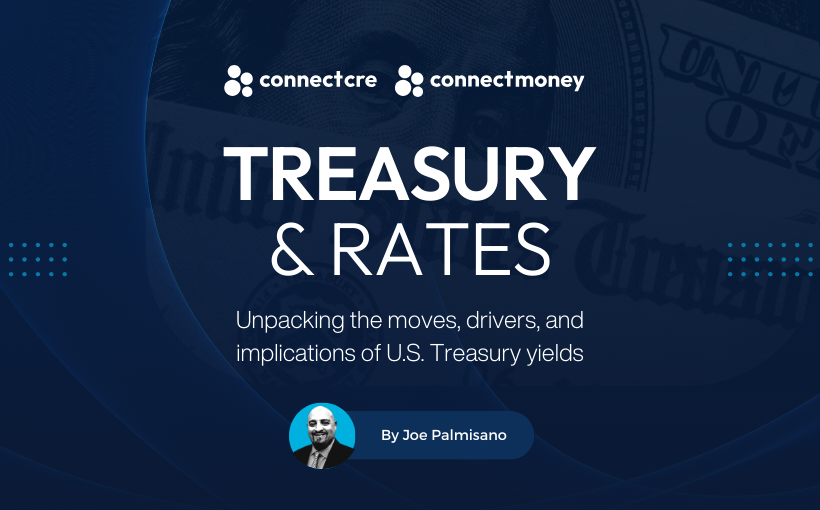Fed Proposal to Ease eSLR: A Possible Boost for Treasury Market Liquidity
The Federal Reserve recently advanced a significant proposal aimed at enhancing the Supplementary Leverage Ratio (eSLR) for global systemically important banks (GSIBs). This development holds the potential to transform U.S. fixed income markets, particularly in terms of Treasury liquidity.
Understanding the eSLR and Its Context
Established following the 2008 financial crisis, the eSLR was designed to ensure that large banks maintain adequate capital against all assets regardless of their risk profile. However, this regulatory framework has faced criticism for discouraging banks from holding low-risk securities, such as U.S. Treasurys. In light of heightened Treasury issuance and instances of market dysfunction—like the 2019 repo spike and the liquidity crunch in March 2020—regulators are looking to redress this imbalance.
Key Changes Proposed
The recent proposal suggests replacing the fixed 2% leverage buffer at the holding company level (with a 6% requirement for insured depository subsidiaries) with a variable requirement that is calibrated to a bank’s systemic risk score. This alteration is expected to:
- Reduce overall capital requirements for GSIBs by approximately 1.4%.
- Cut capital requirements at the subsidiary level by around 27%.
While this capital remains within the banking group, reallocating it may significantly influence how dealers operate in the U.S. government bond and repo markets.
Implications for Treasury and Agency MBS Liquidity
From a fixed income investor’s perspective, this rule change could greatly enhance market functioning. Here’s how:
- Lower Capital Costs: By reducing the capital cost associated with holding Treasurys and repo exposures, GSIBs might be more inclined to expand their balance sheets for primary dealer operations.
- Improved Trading Conditions: Enhanced dealer activity could ease persistent frictions in Treasury trading, particularly during periods of high supply, which can lead to:
- Narrower bid-ask spreads
- Increased market depth
Benefits for Various Investment Strategies
A variety of liquidity-sensitive strategies may benefit from these changes:
- Mutual Funds and ETFs: Enhanced liquidity could improve execution quality for these investment vehicles.
- Insurance Portfolios and Liability-Driven Investors: More robust repo markets may lower leverage costs, leading to better asset management.
- Hedge Funds and Mortgage REITs: The proposed changes could provide stronger collateral channels for cash management desks.
Caveats: Assessing the Risks
While the prospect of improved liquidity is appealing, several cautionary points deserve attention:
-
Risk-Taking Behavior: If banks leverage the capital relief to pursue riskier basis trades, market stability may become increasingly reliant on leverage-driven intermediation—an aspect that contributed to the disruptions seen in March 2020.
-
Regulatory Arbitrage: With capital buffers linked to risk scores instead of fixed minimums, there may be opportunities for banks to present a less risky profile without actually modifying their risk strategies.
- Observation is Key: Investors should closely monitor how capital is utilized under this new framework to determine if significant changes in liquidity provisioning actually occur.
Long-Term Challenges: The Supply Side Dominates
It’s vital to note that this proposal does not address the overarching structural challenges facing fixed income markets—specifically, the dramatic and sustained increase in Treasury supply. The U.S. government’s fiscal trajectory necessitates a strong and resilient investor base for duration absorption. Even with improved dealer capacity, the sheer scale of net issuance, coupled with limited foreign and Federal Reserve demand, suggests that the market must adapt to:
- Higher term premiums
- Increased price volatility, especially at longer maturities.
Conclusion: A Step Forward but Not a Comprehensive Solution
The Fed’s proposed adjustment to the eSLR signifies a constructive approach to refining secondary market functioning and motivating banks to act as better liquidity providers. While the potential improvements could enhance execution quality and reduce market volatility during stressful periods, there are systemic trade-offs to consider.
By closely observing market behavior and regulatory impacts, investors can better navigate the evolving landscape of U.S. fixed income markets.
For further insights on Treasury and Rates, feel free to explore additional resources here.
This article aims to provide an understanding of the Fed’s modifications to the eSLR and their implications for the Treasury market. For ongoing updates and insights, stay tuned to market news and trends.


